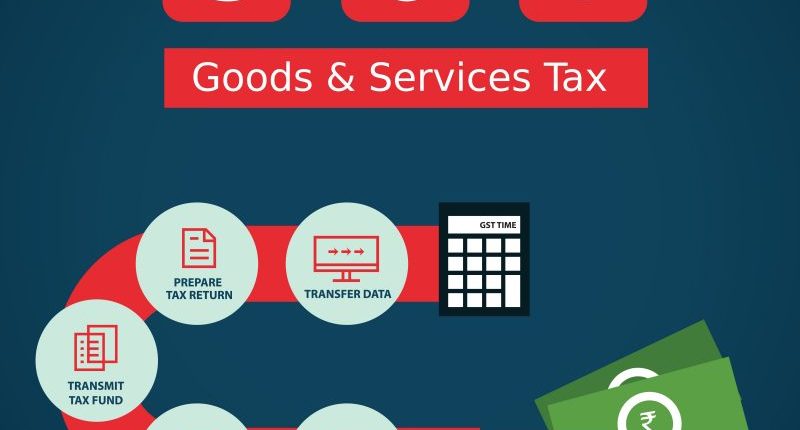The compliance under Goods and Services Tax (GST) will become automated and much more efficient for the taxpayer with the implementation of e-invoicing. It will also increase the productivity of the tax department as they will be able to review the entire tax chain of transactions electronically. The e-invoicing leads to a reduction in fraudulent Input Tax Credit (ITC) claims.
Recently, the government notified that e-invoicing will apply to taxpayers with a turnover of Rs 100 crore or more effective from 1st January 2021 in any preceding financial year starting from FY 2017-18.
The GST Network (GSTN) has made available a trial e-invoicing portal for testing the upload of invoices by taxpayers to whom e-invoicing applies through offline utility. This portal was activated from 06.11.2020, and the applicable taxpayers can access here https://einvoice1-trial.nic.in/.
This turnover is as per GSTR-3B of the GST system, and it is a system generated list and may contain exempt entities or those for whom e-invoicing may not be applicable.
The businesses may be concerned about whether e-invoicing applies to them or not. To resolve this, a new facility has been provided on GSTN to view the aggregate turnover slab for a taxpayer. One can check whether their aggregate turnover is more than Rs 5 crore or not by searching their GST Identification Number (GSTIN) in ‘Search Taxpayer’ tab after logging into the GST portal.
Also Read: GST Turnover in Form 26AS Will Lead to More Transparency
The data submitted in an e-invoice will auto-populate the below sections of the GSTR-1.
- Table 4A: Taxable outward supplies made to registered persons (other than reverse charge)
- Table 4B: Taxable outward supplies made to registered persons attracting reverse charge
- Table 6A: Export supplies
- Table 9B: Credit or debit notes issued to registered persons.
- Table 9B: Credit or debit notes issued to unregistered persons.
The e-invoicing portal also released a list of common errors that taxpayers make while reporting invoices to IRP. ClearTax can help you integrate your existing software easily with e-invoicing. ClearTax has 100s of in-built validations and reports to help your business benefit from implementing e-invoicing.
For any clarifications/feedback on the topic, please contact the writer at dvsr.anjaneyulu@cleartax.in
DVSR Anjaneyulu known as AJ, is a Chartered Accountant by profession. Loves to listening to music & spending time with family and friends.





